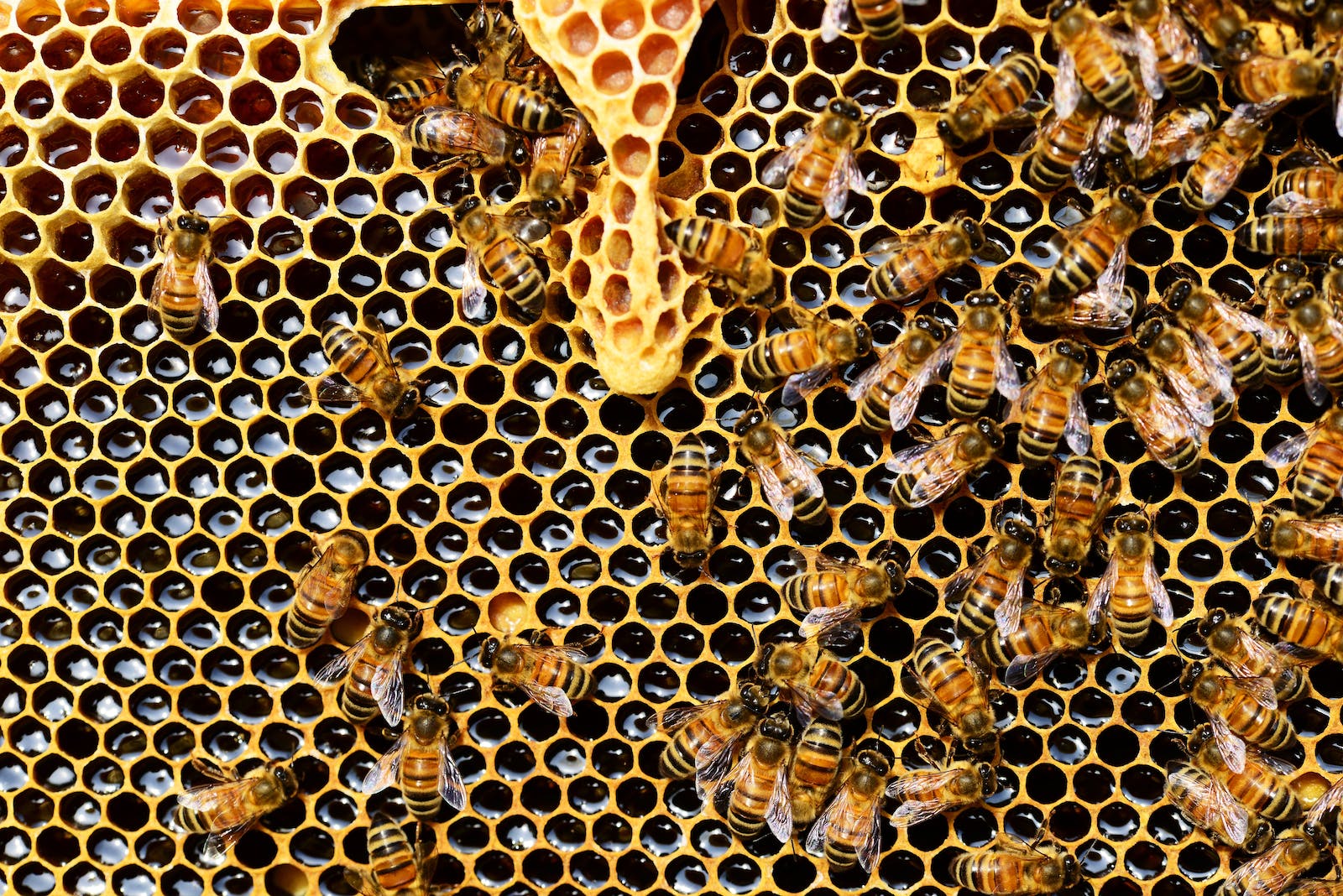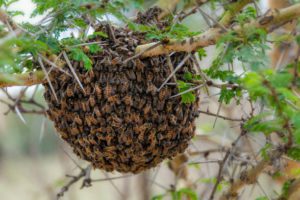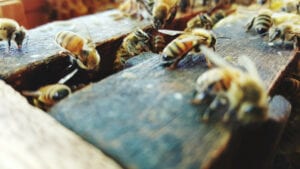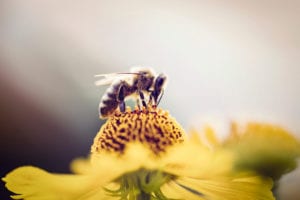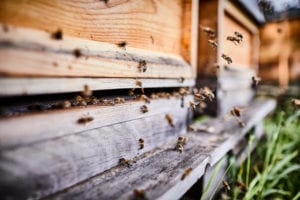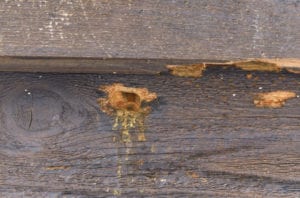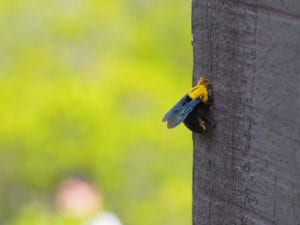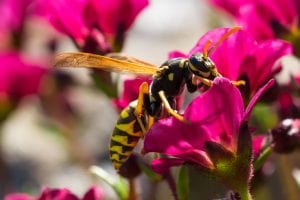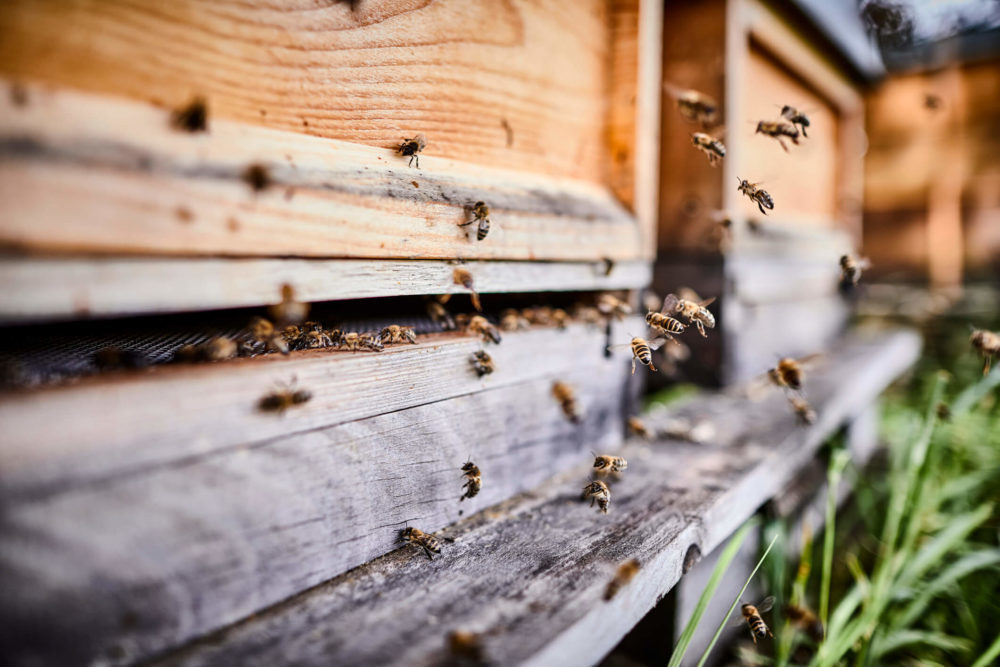 There are few things more unsettling as a homeowner than hearing buzzing sounds coming from within your walls. After all, the walls of your home are supposed to be durable and impenetrable to provide 24/7 protection from outdoor risks and hazards. However, bees can actually find their way into walls of buildings and be very difficult to get out.
There are few things more unsettling as a homeowner than hearing buzzing sounds coming from within your walls. After all, the walls of your home are supposed to be durable and impenetrable to provide 24/7 protection from outdoor risks and hazards. However, bees can actually find their way into walls of buildings and be very difficult to get out.
Here are the signs that you have bees in your walls and the best approaches for getting them out.
Why Bees Get in Walls
Bees love to find dry, dark, and safe conditions to live in. If you have cracks, crevices, or gaps in your walls, these can be places for bees to hide and take shelter. Bees are drawn to wall cavities that form from natural wear and tear in your walls over time or due to another rodent or insect infestation. As professional exterminators in northern New Jersey, we have seen bees get into walls around plumbing and electrical wires, through gaps in siding, and around window openings too.
Some bees are more likely than others to get in your walls, including carpenter, bumble, and mason bees. It is risky to have bees in your walls because someone in your household could get stung, which is especially problematic if anyone is allergic to bees. If bees die while inside your walls, their combs can melt and stain your walls.
Signs of Bees in the Walls
The most common sign of bees in walls is a buzzing sound that indicates that bees are making a nest inside. You may also notice more bees outside the affected wall area, either suddenly or more than usual.
Another sign of bees in walls is an active hive near your home. Bees in walls may leave behind stains on ceilings and walls. They can destroy the wood and drywall while also attracting ants, rodents, and other pests.
How to Get Rid of Bees in Your Walls
It can be frightening and frustrating to have bees in your walls. Therefore, the best way to get rid of bees in walls is to contact Precise Termite & Pest Control for a free inspection to assess the level of the bee problem and remove them safely and humanely.
Bee removal is not a DIY endeavor, as many people end up in emergency rooms each year after trying to handle a dangerous bee infestation themselves. We have a team of highly trained bee removal specialists who can help you achieve a bee-free home with the right equipment and prevent bees from coming back in the future.
Preventing Bee Infestations Around Your Home
In addition to the bee prevention services that we provide, there are things that you can do to prevent bees from getting back into your walls. If you notice gaps, holes, or other damage to your walls, repair them as soon as possible before they become attractive habitats to bees and other pests. Use caulk to fill holes in the walls, roof, and foundation of your home, and make sure that chimneys, vents, and utility holes are covered properly. Bees are not likely to live exclusively in walls and will typically find their way out into your main living quarters if given the opportunity.
Call us at 866-971-2847 at the first signs of bee activity in your walls to be proactive about a potential infestation and take care of your household members and guests.






